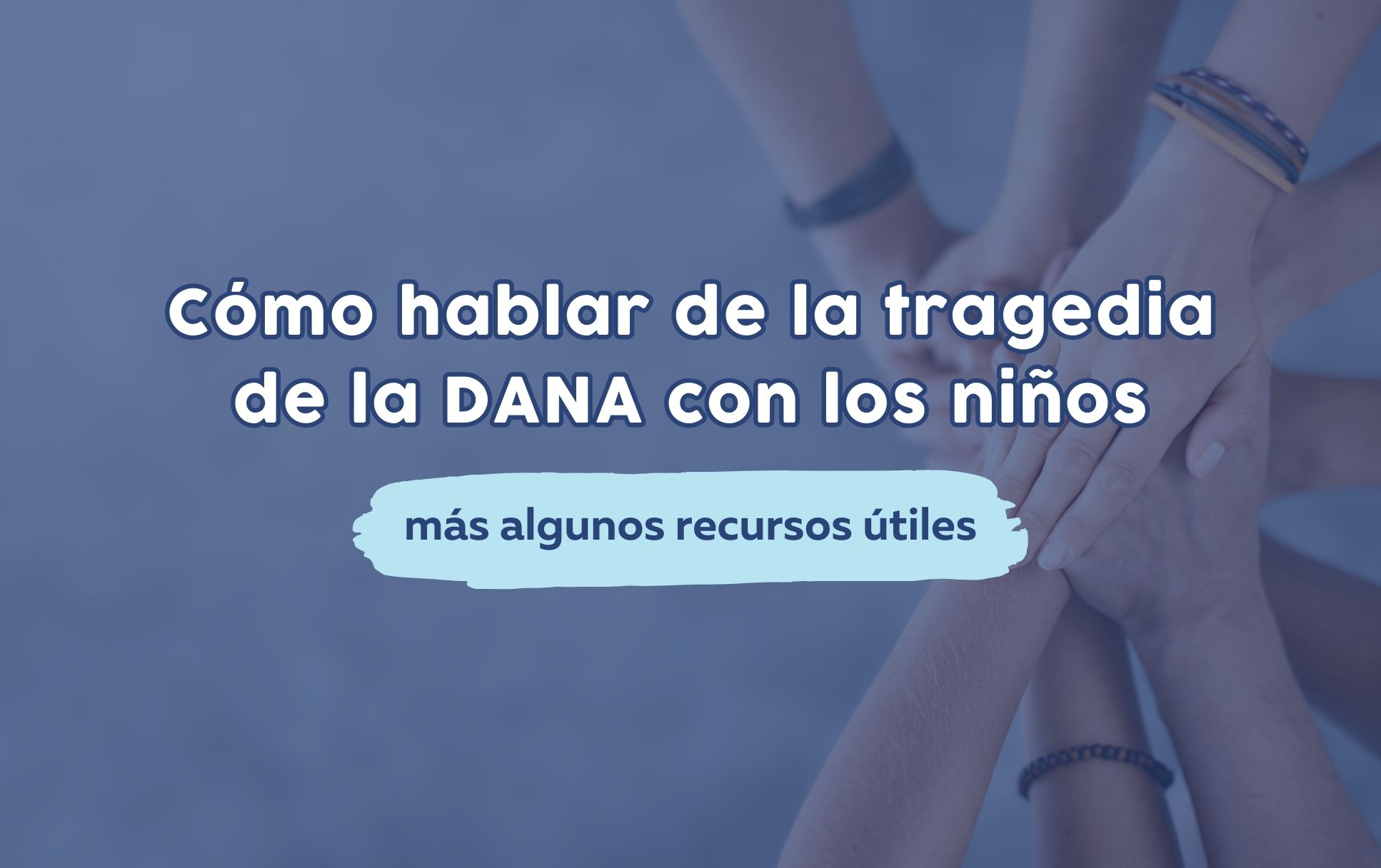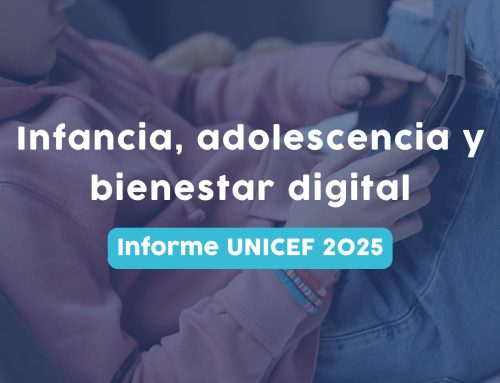
Carmen Esteban, psicóloga infantil y perinatal y autora de la cuenta @mipsicologainfantil, ha escrito este cuento que podéis descargar gratuitamente tanto en castellano como en inglés, para que las familias y educadores podamos utilizarlo como herramienta para explicar esta tragedia a los niños y niñas.

Elena, la autora de @lapizarrapedagogica, ha escrito este cuento para explicar este tema a los niños. Está disponible de forma gratuita en varios idiomas, entre ellos castellano, catalán e inglés.




@modernadepueblo ilustra algunos consejos que las psicólogas de @turefugiopsicologia han recopilado para esta situación tan trágica que estamos viviendo.

No puedo dejar de pensar en todas esas personas afectadas, niños y adultos. En la cantidad de desaparecidos, personas que han perdido a sus seres queridos, que de un día para otro se han quedado sin nada, y en las víctimas mortales.
Desde aquí quiero agradecer a todos los voluntarios y profesionales que se han volcado en cuidar y ayudar sin esperar nada a cambio, aportando su enorme granito de arena en esta situación tan dramática. 💛





